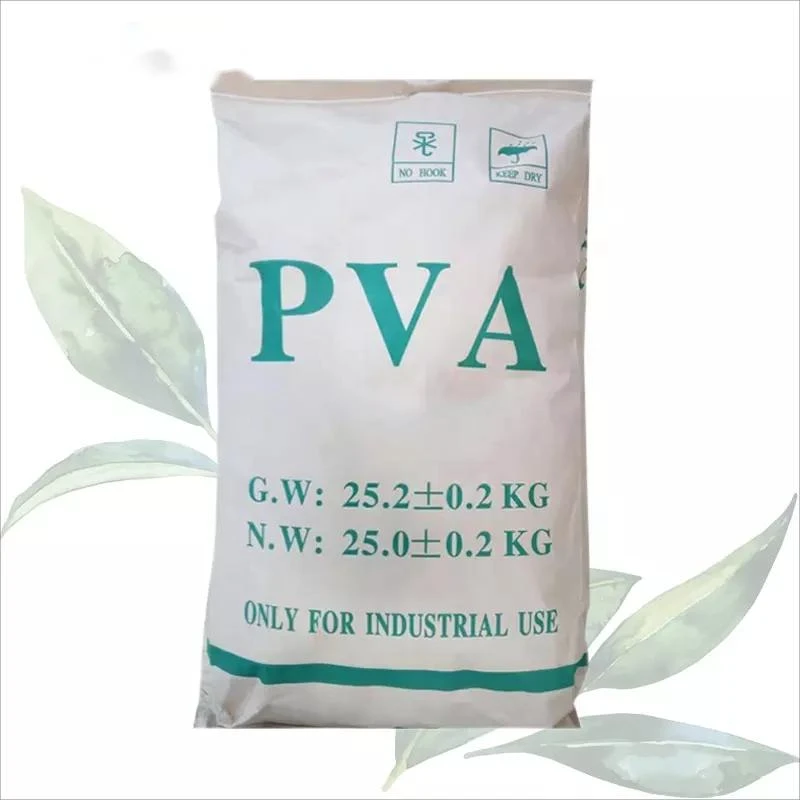Cellulose for Industrial Applications An Overview
Cellulose, the most abundant organic polymer on Earth, is a crucial component of plant cell walls and serves as a fundamental building block in various biological processes. With its unique structure and properties, cellulose has garnered significant attention in industrial applications, ranging from textiles and paper production to the burgeoning field of biofuels and bioplastics. This article aims to explore the diverse applications of cellulose in industrial settings, its advantages, and the future potential of this versatile biopolymer.
Understanding Cellulose
Cellulose is a linear polysaccharide composed of glucose units linked by β-1,4-glycosidic bonds. This molecular structure results in a crystalline arrangement that provides cellulose with remarkable tensile strength and insolubility in water. As a result, cellulose is utilized industrially in its natural or modified forms. Industrial cellulose is often derived from sources such as wood, cotton, hemp, and other lignocellulosic materials.
Applications of Cellulose in Industry
1. Paper and Pulp Industry The most traditional use of cellulose is in the paper and pulp industry. Cellulose fibers, extracted from wood pulp, are processed to create various types of paper products. The strength and flexibility of cellulose make it ideal for producing high-quality paper, which is utilized in printing, packaging, and other applications. Innovations in processing have led to the development of sustainable practices, such as using recycled fibers and reducing chemical emissions during production.
2. Textile Industry In textiles, cellulose-based fibers like cotton, rayon, and lyocell play a pivotal role. Cotton, a natural cellulose fiber, is known for its softness and breathability, making it a popular choice for clothing and home textiles. Rayon and lyocell, produced through the regeneration of cellulose, offer enhanced properties, including moisture-wicking capabilities and biodegradability. The textile industry is gradually shifting towards sustainable cellulose sources to reduce environmental impact while meeting consumer demands for eco-friendly products.
3. Food Industry Cellulose also finds application in the food industry as a food additive. It acts as a thickening agent, stabilizer, and emulsifier, enhancing the texture and consistency of various food products, such as sauces, dressings, and ice cream. Additionally, cellulose is utilized as a dietary fiber supplement, promoting digestive health and contributing to a balanced diet.
cellulose for industrial

4. Pharmaceuticals and Healthcare In pharmaceuticals, cellulose serves as an excipient in drug formulations. Its biodegradability and biocompatibility make it suitable for various applications, including tablets and capsules. Microcrystalline cellulose, a refined form of cellulose, is widely used as a binder and filler in pharmaceuticals, ensuring the stability and efficacy of medications.
5. Bioplastics and Biofuels As the demand for sustainable materials rises, cellulose has emerged as a key player in the development of bioplastics and biofuels. The biodegradability of cellulose makes it a suitable alternative to conventional plastics derived from fossil fuels. Innovations in cellulose conversion technologies are paving the way for producing biofuels, allowing for a more sustainable energy source that reduces reliance on non-renewable resources.
Advantages of Using Cellulose in Industry
The use of cellulose in industrial applications offers numerous advantages. Firstly, it is a renewable resource, derived from natural plant materials, which contributes to sustainability. Moreover, cellulose is biodegradable, reducing the ecological footprint of products compared to synthetic alternatives. Its versatility allows for modifications to enhance specific properties, such as solubility and strength, which can be tailored to meet industry needs.
Future Prospects
The future of cellulose in industrial applications appears promising, driven by growing environmental concerns and the demand for sustainable materials. Ongoing research and development efforts are focused on optimizing cellulose extraction and processing methods, exploring the potential of cellulose nanocrystals, and enhancing the properties of cellulose-based materials. As industries continue to embrace sustainable practices, cellulose will undoubtedly play a crucial role in the transition toward a greener and more sustainable future.
Conclusion
Cellulose is a remarkable biopolymer with a wide array of applications across various industries. Its natural abundance, renewability, and versatility make it a valuable resource in the pursuit of sustainable solutions. As technological advancements continue to unlock its potential, cellulose is set to redefine manufacturing processes, promote environmental sustainability, and meet the evolving demands of consumers and industries alike. Embracing this versatile polymer is not only a step towards innovation but also towards a more sustainable industrial landscape.




